Have you let your lawn overgrow? Are you dreading bringing out your mower to attempt what seems like a tough job of tackling the tall grass? Grass that is more than 20 inches is considered too tall and you need to do something about it before your once beautiful lawn turns into an unmanageable bush.
A special procedure is required to mow an overgrown lawn. If it all seems overwhelming, don’t worry; we’ll show you how to mow tall grass and tame your lawn once and for all. With the right tools and some patience, mowing tall grass is easier than you think.
Without further ado, follow these steps to get your lawn under control.
Tools You Will Need for mowing tall grass
- Lawn mower
- Weedwhacker
- Rake
- Safety goggles
How To Mow Tall Grass
Step 1: Trim the tips
Before mowing your overgrown lawn, it is best to shorten the grass blades first. There are serious disadvantages to attempting to push your lawn mower through tall grass. First, the grass will jam up your mower and force it to overwork.
Also, forcefully mowing the grass can wreak havoc on the health of your lawn. Grass blades are packed with nutrients that are essential for the growth of the grass and for helping the lawn to thrive and look vibrant.
For this reason, you want to take every precaution and be gentle with the grass. Trim and mow your overgrown lawn gradually and in the end, you will be happy with a vibrant, undamaged yard.
When you are looking at an overgrown lawn, we recommend using a weed hacker to trim down the grass to a manageable length, which you can then mow later.
Try to trim the grass down to about 1/3 of its current height. Remember to rake and bag the grass clippings as you go along.
Step 2: Wait for the grass to recover
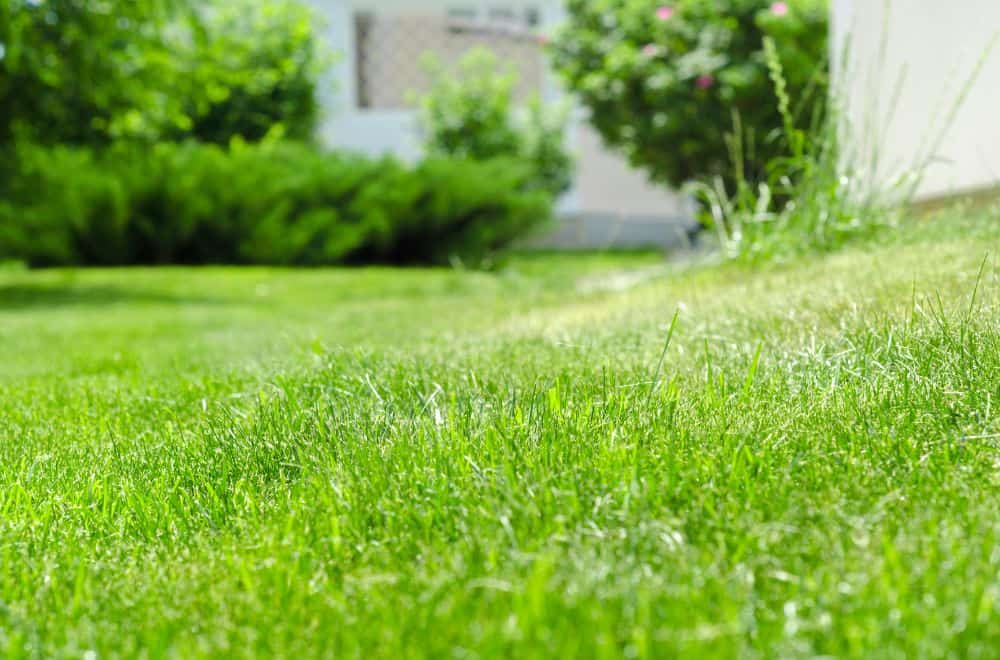
It is understandable if you want to mow your overgrown lawn as fast as possible. But, as we mentioned earlier, this job requires time and patience. The secret to achieving a healthy lawn that was once overrun by grass and weed is taking the process nice and slow.
After trimming the tips of the grass blades, you want to give your lawn a day or two to relax, heal, and regain its vibrancy. This might sound unnecessary but keep in mind that grass is a living organism and it needs to recuperate after being subjected to a session of weed whacking.
One thing we strongly recommend is giving your lawn a rest period of 1 to 2 days after that initial trim.
Step 3: Trim again to shorten the length further
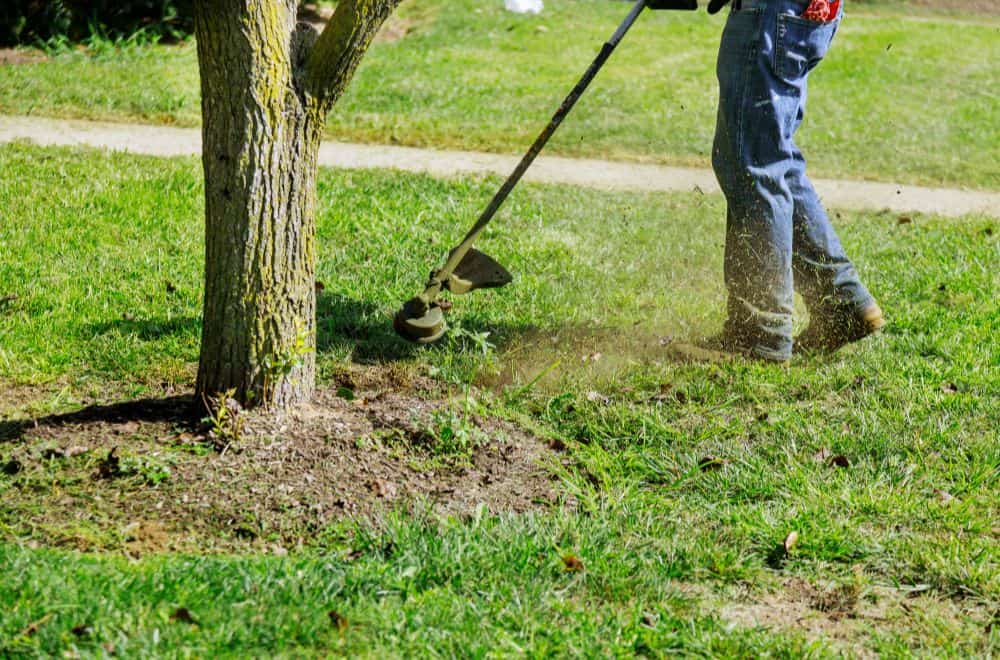
A second trim will come in handy if the grass in your lawn was particularly long. Like the first trim, use a weed whacker to cut the tips of the grass. This time, bring the grass blades down to ½ of their current height.
Doing a follow-up trim ensures that the grass is short enough to mow without damaging the lawn or overburdening the mower. It is also a good idea to give the grass another 1 or 2 days to heal further before putting a mower through the grass.
Step 4: Adjust the deck height
If you have been mowing standard height grass, your lawn mower’s deck and blades are likely fixed at a lower setting. Now that you want to mow tall grass, you will have to adjust this setting and raise the deck and blades to effectively cut the grass.
Attempting to mow grass that is taller than usual with the deck on the default setting will cause the engine to work harder and the mower will likely keep stalling halfway through the job. If you want to learn how to adjust the height of your riding mower, be sure to check out this super helpful tutorial.
Generally, you will use the levers located near the back wheels of your riding mower to adjust the deck height. The appropriate height to raise your mower will depend on the height of your grass.
Use your own judgment to determine whether the height you adjust the machine to is good enough to give you an even, easy cut that will not bog down the mower.
Step 5: Mow the lawn
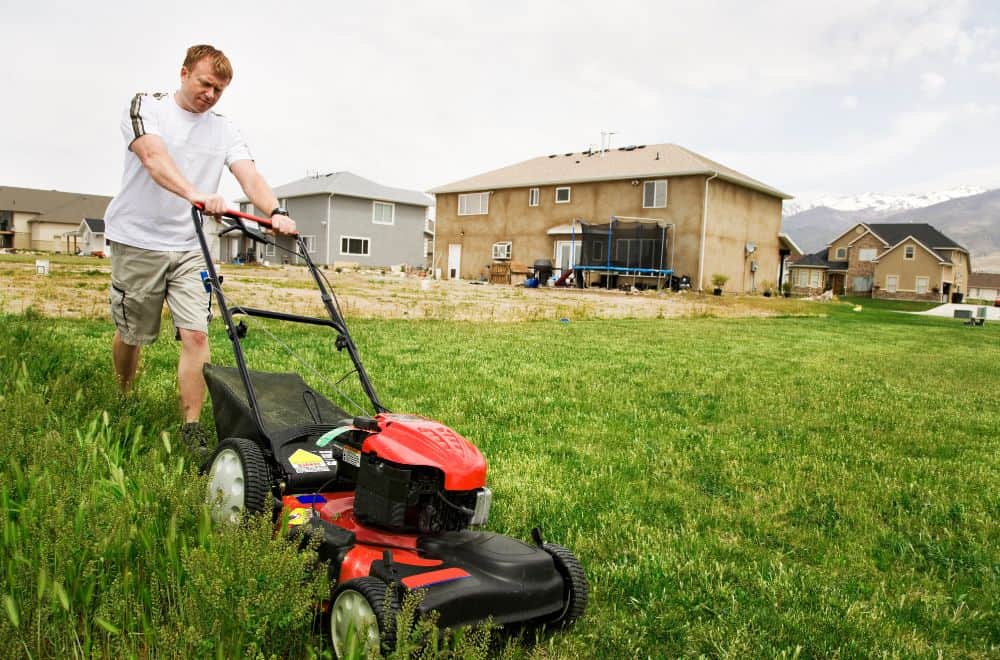
At this point, your grass is still taller than usual. You will have to follow some rules to ensure that you do not overburden and ruin your lawn mower and that you get the best cut possible.
Here are some things to keep in mind for this first mow:
- Go slow
Mowers, especially the walk-behind types are really not built to power through tall grass. They are meant to trim and manicure a lawn with standard grass height. This doesn’t mean you cannot use your mower to tame tall grass and take back your lawn. But, you cannot use it the same way that you are used to.
When dealing with an overgrown lawn, you have no choice but to mow slowly. This will ensure a thorough cut so you will not go over an area several times. A slow mowing session will also protect the grass blades and engine from overexertion.
- Mow halfway through
In a normal lawn, you would mow to the end of the row and come back on another row. This unilateral way of mowing lawns is however not effective when you are dealing with tall grass.
A better approach is to mow half the row first. This way, you will be cutting only a half of the volume of grass in a standard row, allowing you to not only cut the grass faster but also the smaller volume of grass is easier on the lawn mower engine.
- Start mowing from the perimeter
Another trick we recommend is mowing from the perimeter of the lawn inward. This is also another way of ensuring that the long grass clippings do not bog down the lawn mower.
When you mow from the edges, you will be going over a portion that is half-cut and the other is half is uncut. This minimizes the burden on the mower’s blades. If you are interested in learning how to mow like a pro, have a look at this helpful explainer.
- Mow in a multidirectional pattern
Long grass tends to bend and it can be difficult to achieve an even cut. For a uniform cut, try to cut the grass horizontally and then vertically as you go along.
This will better your chances of mowing the tall grass to achieve an acceptable standard. You might have to make several multidirectional passes to really tame the grass.
- Release grass clippings as you go
The last thing you want is for tall grass clippings to lodge into your lawn mower deck or engine. This is why we recommend setting your lawn mower to the side-discharge so that it can spit out the grass clippings to avoid clogging the blades.
These are just a few but important things to observe to ensure that when you mow grass, the cut will be even and the lawn mower will still be in good shape.
Step 6: Water the lawn
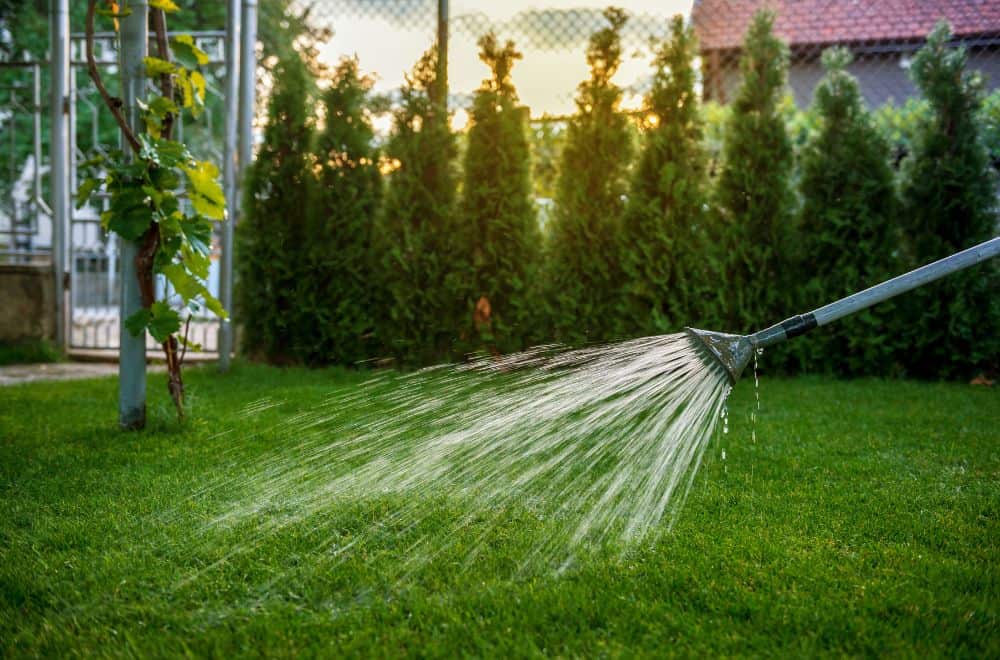
Now that you have completed your first mowing session, your next task is to water the lawn. All the trimming and mowing has taken a toll on the grass and if you are not careful, this can lead to nutrient loss, which will affect the health of your lawn.
Treat your lawn to a nice, long watering session ensuring that water saturates deep into the roots and reaches the furthest corners of your yard. Water will help to restore much-needed vitamins and minerals and is vital to the flourishing of your lawn.
Step 7: Do the final cut
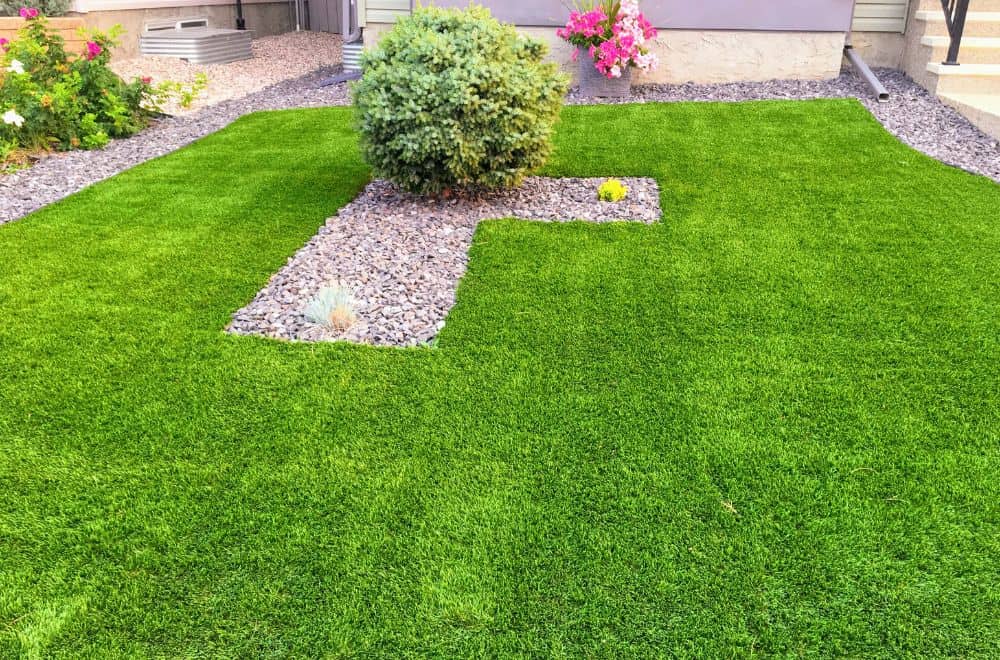
Your lawn is now ready for a final shave to bring the grass down to your preferred height. This last mowing session will really help to tie everything together and restore your once overgrown lawn into one that is well-manicured, cared for, and aesthetically appealing.
For this final cut, readjust the lawn mower’s deck down to a height suitable for trimming standard height grass. Mow as usual until you are satisfied with the results.
Extended Tips
- Always use sharp blades to cut the grass on your lawn. This will protect the grass from tearing and eventually causing the lawn to deteriorate.
- Consider reseeding if you notice bare patches after mowing the lawn. This will help to restore your lawn and fill it up with new beautiful green grass.
- In addition to watering, you can also apply fertilizer to introduce nutrients into the soil and boost grass growth.
Summary
Regular mowing will keep your lawn healthy and will save you money spent on hiring professional lawn care services.
If for some reason your lawn is overgrown, you must take extra precaution to mow tall glass in a way that will not damage your lawn or overburden the mower’s engine.
Follow the tips we have provided in this article and you should be able to cut tall grass on your own.
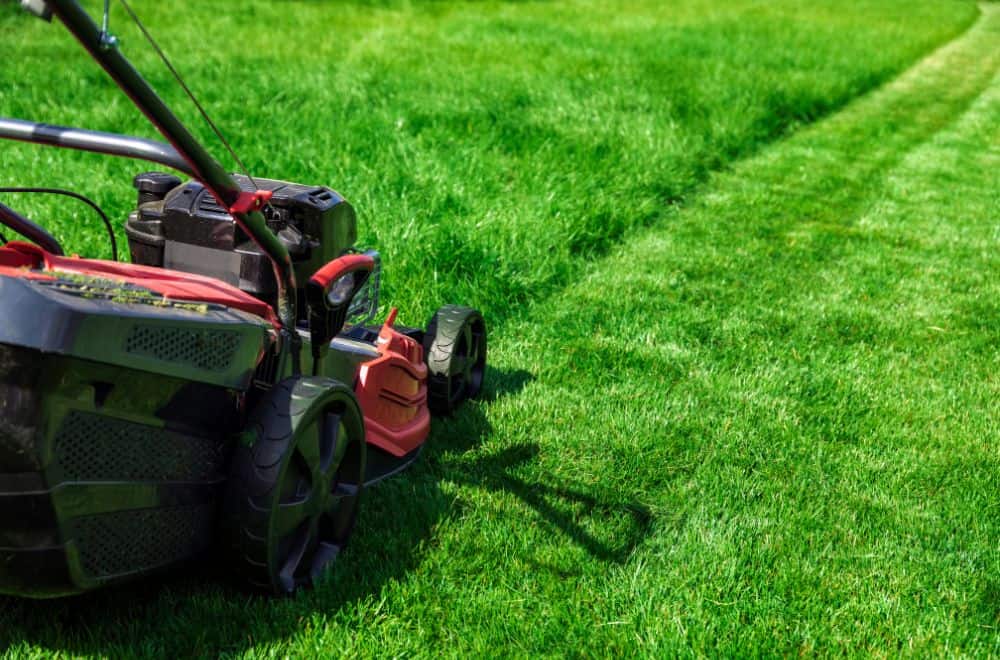
Leave a comment